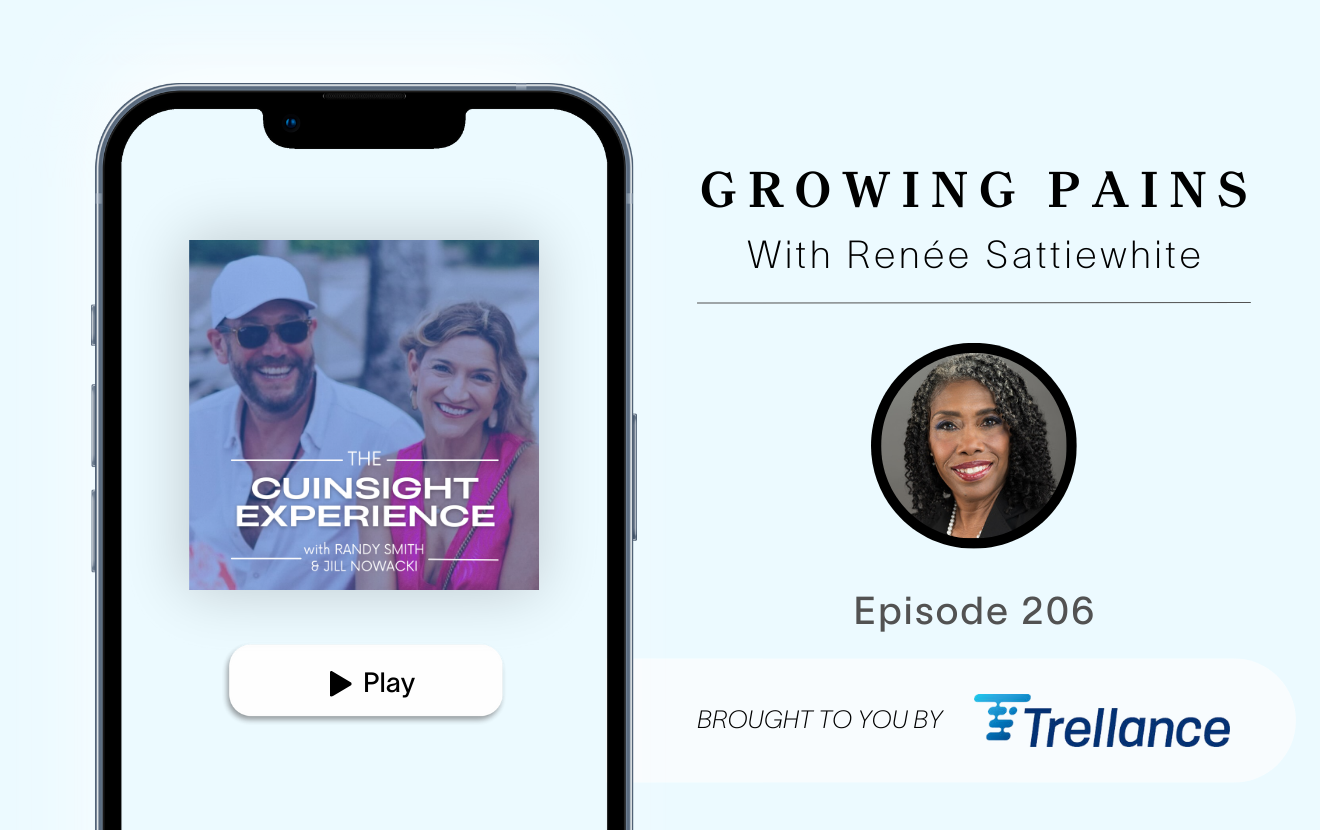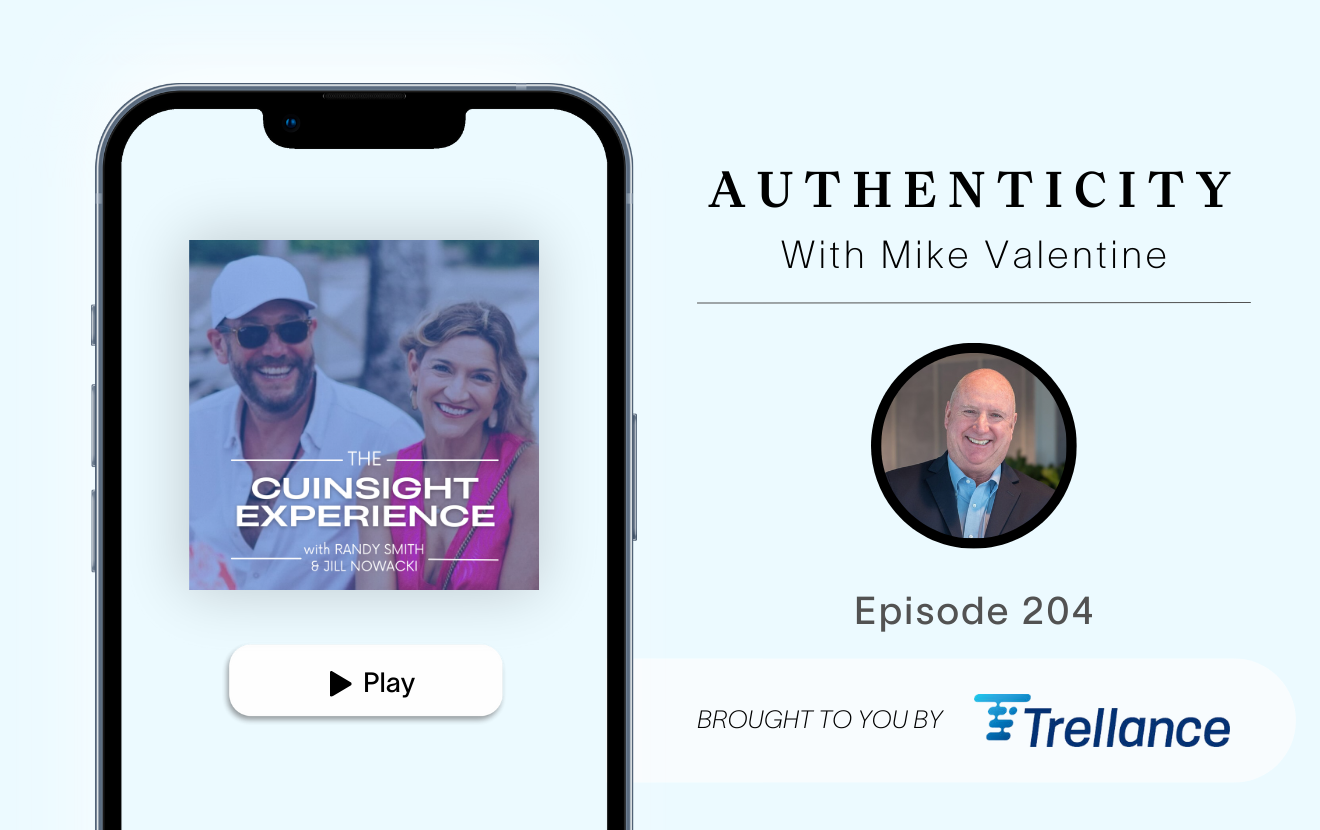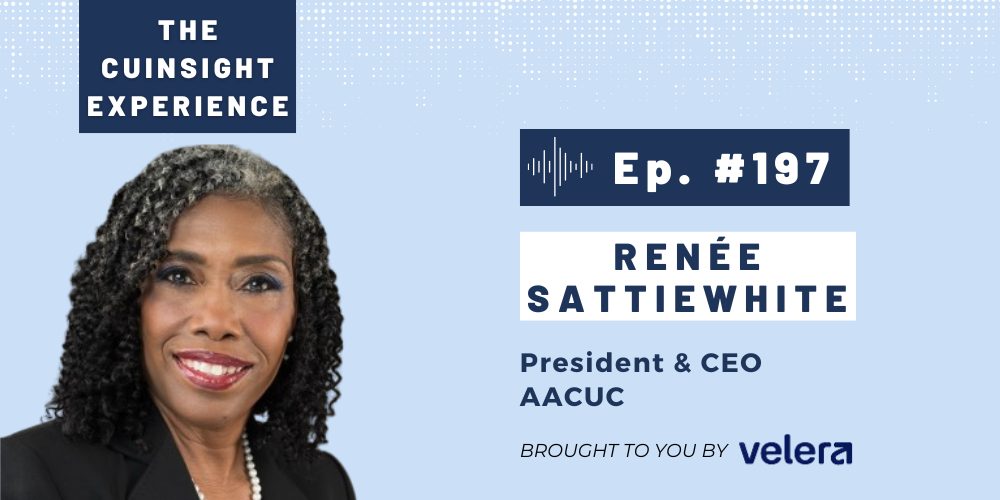When Humanidei assumed leadership of O’Rourke & Associates--- a longtime credit union executive recruiting firm—I asked the recruiting team to ensure there was at least one woman and one person of color in the qualified pools of candidates they would present to clients. There was resistance: I was told it was not a commitment we could easily make.
In part, they were right.
It could not be done by using the same practices that had always been in place. This is why we have made strategic shifts to improve our executive recruiting processes. As we have intentionally expanded our outreach and our practices, we have found that regularly providing the diverse candidate pools has become very likely. It has been proven: If you do the work, you will get the results. With consistent and persistent practice—as with any commitment you make—producing diverse pools of qualified candidates gets easier.
If your credit union is working to build more inclusive recruiting practices, consider these three tips as a great place to start in shifting your own recruiting practices:
- Pay Attention to the Posting
There are several common errors in job postings: Overstating job requirements and using biased language are two factors.
Overstating job requirements happens when employers put in “wish lists” rather than minimum requirements. This raises the risk of hiring someone who may become bored in the job. It also increases the likelihood of attracting candidates with degrees, experience, and credentials that are more common among those with privilege while deterring applicants who may have potential but not yet the chance to prove it.
Biased language is not as obvious as it may sound: This is not necessarily stating you are seeking “an office girl” or a “right hand man” as much as it is recognizing that some words and phrases are found to attract one gender over another. Textio did a study of Expedia’s hiring and found that the bias in a job post predicts the gender you are going to hire. This makes sense when you consider the candidates you attract are the ones who end up in the pool from which you select. Free online tools like Gender Decoder can analyze your job postings in seconds, giving insight into where there is gender biased language. While it may not make sense to remove every phrase that carries weight, by balancing the words that hold meaning, you are more likely to attract a wider pool of candidates.
- Be Clear, Consistent, and Transparent on Salary
This is a multi-part approach: First, disclose salary on the front end. This practice is a critical step in wage equity, ensuring that all candidates enter the search with the same expectation and removing temptation to later try to pay what you think the candidate might accept, rather than what has been budgeted. For equity and inclusion, it is not wise to aim for bargain pricing on the humans who you hire.
Second, be consistent in how you apply your compensation philosophy. If a position pays what a position pays, then women who are often penalized when they attempt to negotiate salary are not harmed. First generation corporates who have never been coached on how to negotiate salary are not left behind. Paying based on the position and consistently applying that to the people you employ is more likely to create equity. While it might feel good in the short term to save 5% to 10% over what you might have paid on one employee’s salary, the cost of the long-term damage when an employee feels they have been treated unfairly is likely to offset any budget benefits.
- Diversify Your Interview Panel
Who selects your new hires? If part of the reason you have focused on increasing inclusive hiring practices is that your current team lacks diversity, does this homogeny extend to who participates in panel interviews? Consider how the representatives selected for panel interviews present to a candidate coming in: Will he/she/they see themselves in your leadership? Will candidates believe that a leader can come from anywhere in your organization?
Also consider what cultural and personality nuances/differences may be overlooked if everyone doing the interviewing shares the same background. Is there a cultural explanation for a lack of direct eye contact that means respect rather than a lack of confidence? If a candidate repeatedly gives credit to “the team” instead of taking it for herself, is that an indication of how she has been successful in being accepted rather than an inability to work independently?
When interview panels are diverse, it may decrease the likelihood of hiring for intangibles like “executive presence” or “cultural fit” that may say more about what makes the selection committee comfortable than what makes the candidate exceptional. Diversify the decision makers in hiring, and you are likely to also diversify who gets hired.
These three areas are just the beginning of how you might increase diversity, equity, and inclusion in hiring. What other strategies have you used to expand your recruiting practices? Where have you found the greatest impact in improving inclusion in hiring?
If you are a credit union seeking a recruiting partner to support your efforts in building an inclusive workplace, please reach out. If you are a candidate looking for an opportunity to work somewhere committed to DEI, we would love to hear from you, too.








